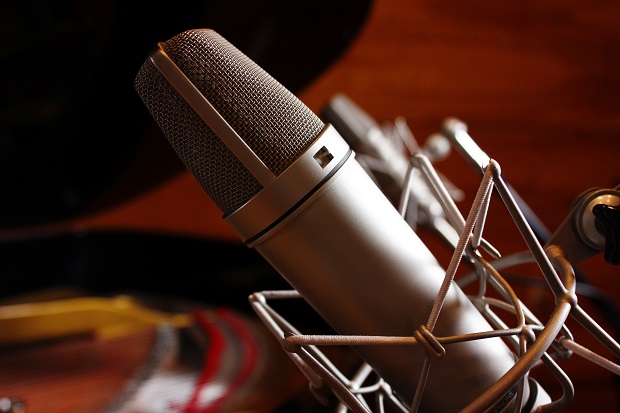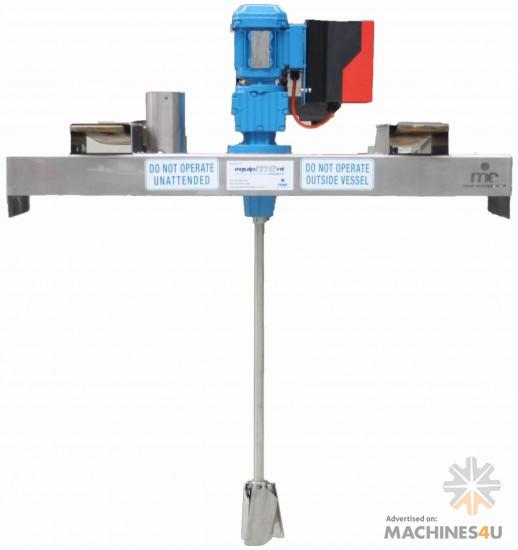How to Choose the Right Military Body Armour
As a military service member, you probably know how important it is to have proper body armour to absorb or deflect different physical attacks. However, choosing the right armour for different situations can truly be a daunting task, especially once you come across the wide range of different options offered on the market.
So, whether you’re choosing one for yourself, or you’re picking a gift for an army service member, we put together some tips on how to find the best body armour to offer maximal protection on the field.
Types of Body Armours
First things first, before you decide to get any type of body armour, it’s essential to get to know the different types and their features. Without further ado, we can split body armours into a couple of general categories:
Soft Armour Vests
Soft armour vests are typically made from tightly woven strong fibres and intended to protect the wearer from small arms fire. These vests are lightweight and comfortable enough to wear daily, and yet protective enough to survive small arms fire.
However, it’s essential to know that soft armour vests aren’t bulletproof. As much as they can stop the bullet from penetrating into the wearer’s flesh and causing deadly damage, they can still cause trauma to the internal organs. This is why they’re mostly worn by law enforcement officers, security and bodyguards on daily basis, as well as undercover officers to give them some sort of protection without feeling overwhelmed by a large plate carrier or somebody noticing they’re wearing armour.
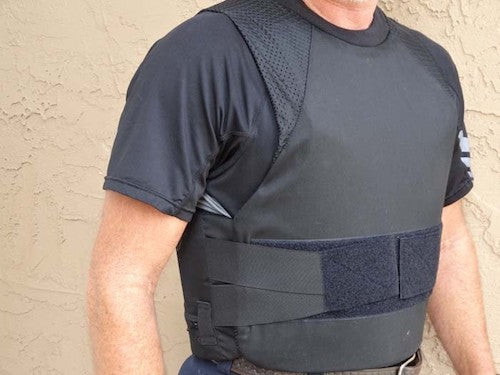
Hard Ballistic Plates
If your job includes much greater threats than the regular officers and security’s tasks, don’t hesitate to explore sturdy armour carrier models and pick a suitable plate to protect yourself. These armours are designed to offer the ultimate protection from rifle fires and for soldiers who need to protect themselves against more severe bullet threads.
As their name suggests, tactical plate carriers are designed to carry hard plates that are much heavier than any other form of protection. Hence, it’s of crucial importance to wear these armour carriers when it’s absolutely necessary, as they can limit your mobility and feel extremely uncomfortable when worn for longer periods.
On the other hand, it’s crucial to know that due to them being difficult to handle, many soldiers have to train to wear a plate armour carrier before they wear one in a combat area. This is essential to provide the wearer with some experience, as well as to give them the ability to learn how the armour actually feels on their body and how to move properly in it.
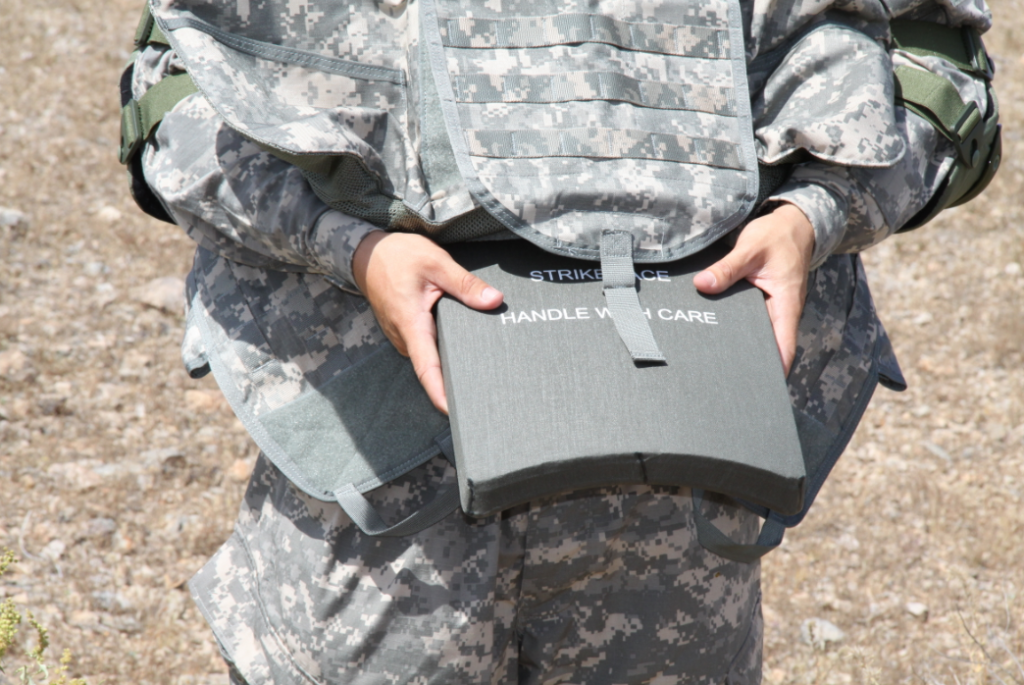
Stab and Spike Proof Vests
On the other hand, if your job includes close contact with dangerous individuals, make sure you look no further than stab and spike resistant vests. For instance, these vests are very convenient for officers, as they offer excellent protection against knives, syringes and other sharp items.
This is due to stab and spike proof vests being woven from special materials that catch and stop the blade before it penetrates into your flesh. Some of them may also offer ballistic protection and therefore, make for the perfect body armour for individuals who don’t know what kind of threat they might experience.
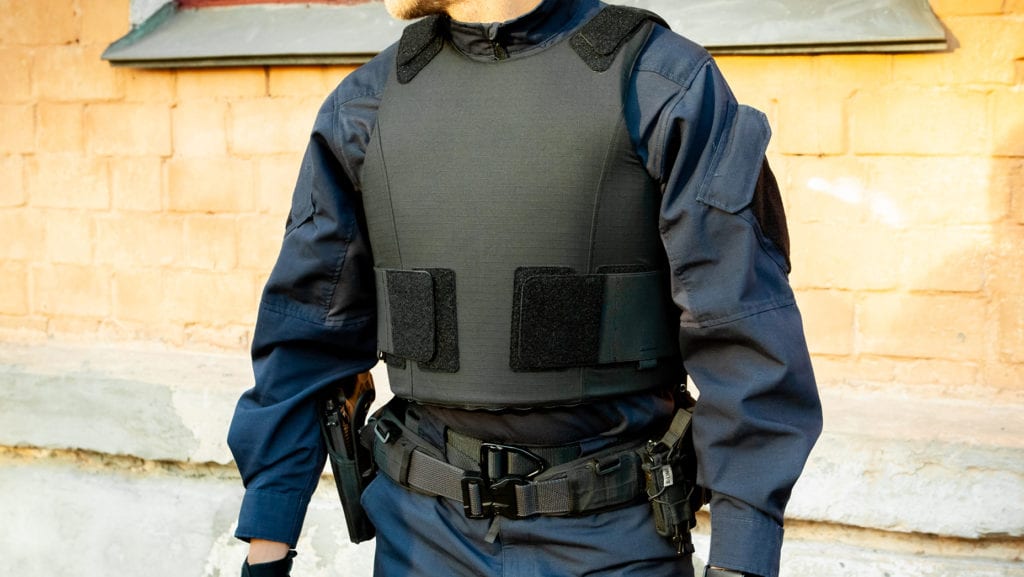
Choose the Right Material
When it comes to choosing the right body armour material, the options are different depending on the type you choose. For instance, if soft body armour is optimal for your daily tasks, have in mind that these armours are typically made from tightly woven aramid threads such as Kevlar or other similar materials. However, it’s not uncommon to stumble upon soft vests made from laminates like Dyneema, or a combination of multiple types of materials.
On the other hand, ballistic plate carriers are much more than soft vests. These armours are commonly made from steel, ceramic, polyethylene or a combination of these materials. Steel plates are considered very sturdy and at the same time less expensive than ceramic ones. However, they’re not recommended at all, as the spall that occurs from impacts can send fragments in all directions and injure the wearer.
Ceramic plates tend to be a little bit pricier than steel ones, but on account of that, they also offer great levels of protection while not overwhelming your body with weight. Hence, they can be very beneficial when having to wear additional gear that adds on weight.
Finally, polyethylene is a type of lightweight plastic substance that is powerful enough to stop the bullet by using its own friction. In fact, once the bullet touches this material, it partially melts the plate and then instantly cools it to wrap the bullet inside, which stops it from penetrating into your body. This is why they’re considered very protective and cost more than the other types.
Pick the Right Size
Whether you choose from the soft vests or tactical plate carriers, picking the right fit for yourself is of crucial importance,.An inappropriate fitting armour it won’t only hinder your body and affect your safety, but wearing bulky armour that doesn’t fit correctly can feel extremely uncomfortable.
At this point, the greatest mistake many people tend to do is to get armours matching their typical upper garment size. Instead of doing so, it’s best to use the size of your armour plate so you can pick the ideal carrier size to support it. The carrier and the plate should always fit comfortably, let your arms move freely and have two fingers width between the front plate pocket and your collarbone. On the other hand, if you don’t have a plate, it’s best to choose it first, and then look for a convenient carrier.
When it comes to choosing a plate, it’s essential to pick one that covers your vital organs- heart lungs, kidneys and liver, not your entire torso. If you have no idea how to pick the ideal size, you can always take a couple of measurements and determine it by using a measuring tape. What you need to measure is the height- above your collarbone down to your navel, and check the specific manufacturer’s sizing chart once you record your measurements.
Understanding Rating Systems
Different body armours may feature different ratings in terms of their ability to stop a bullet. These ratings typically range from I, IIA, II, and IIIA in soft armour configurations, as well as level III and Level IV for hard armour.
As many people guess, the higher the rating, the greater protection level the armour provides. Hence, the more your armour protects, the stiffer, bulkier and heavier it is to wear. However, you can still find lightweight armour offering excellent levels of riffle protection, but have in mind that they’re designed with expensive materials and manufacturing techniques that cost more.
Now that you know the most basic aspects of body armours, it’s time to throw yourself to searching and pick the perfect plate and carrier to protect yourself.
